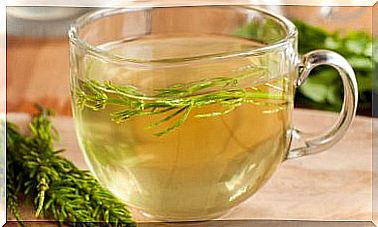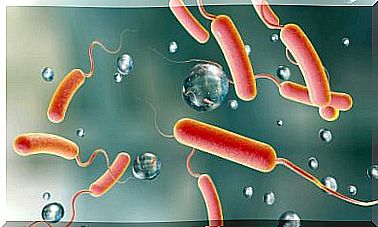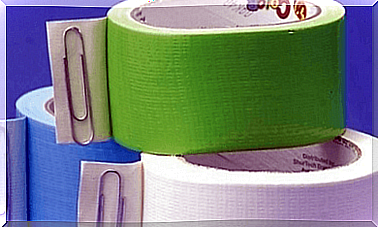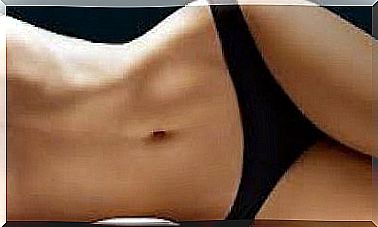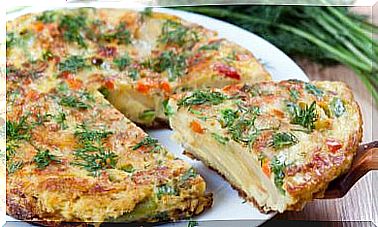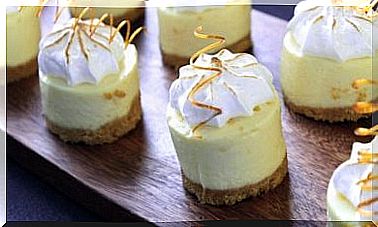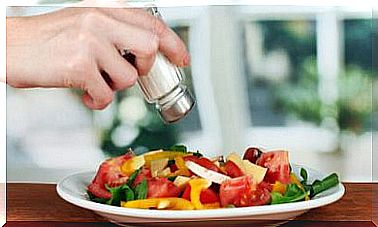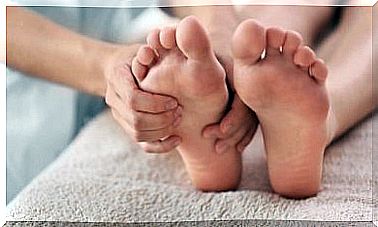5 Types Of Most Famous Edible Algae And Their Benefits
Algae are generally classified by their color. They are blue, red, green and brown. Among them, the 5 types of edible algae with health benefits stand out. Adding them to the daily diet is a way to increase the consumption of some nutrients, such as vitamins and minerals.
They have been part of the gastronomic culture of many peoples for centuries, both in the British Isles and Asia, such as Iceland and Hawaii. Its consumption has expanded around the world thanks to the possible positive effects on the body. We review them below.
What are the benefits of edible seaweed?
The so-called sea vegetables have a nutritional composition that provides both micronutrients and macronutrients in those diets where they are consumed regularly.
Those that stand out the most and arouse the interest of the industry are proteins, omega 3 fatty acids, polyphenols, carotenes and some polysaccharides. All of them are accompanied by good amounts of vitamins and minerals.
Thus, thanks to these nutrients and properties, edible algae are referred to as functional or nutraceutical foods. We summarize below the main health benefits proven in a scientific article from the year 2017.
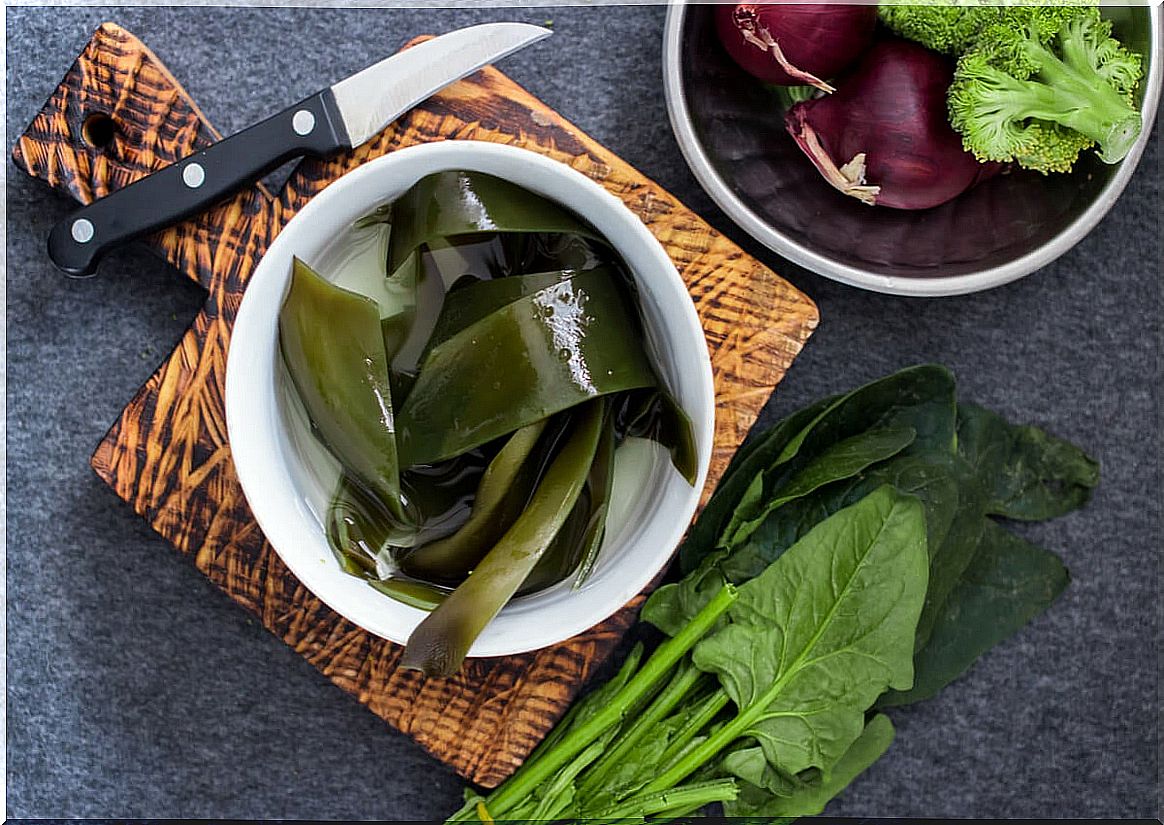
Cardiovascular protection
Some of the compounds present in algae can help control risk factors that affect the heart, arteries, veins, and blood circulation. The relationship between these and cholesterol, triglycerides or high blood pressure is protective against dangerous events such as heart attacks and strokes, according to scientific findings.
Anti-inflammatory effect
One of the long-term health problems is derived from situations of chronic inflammation in the body. Although it is a normal reaction when it is acute, if it lasts over time it leads to diseases such as arthritis, intestinal disorders or asthma.
The presence of omega 3 fatty acids in algae, as well as astaxanthin, a type of antioxidant, are what give them this anti-inflammatory property.
Alginate for toxins and heavy metals
Alginate is a type of complex carbohydrate that is found, above all, in brown algae such as kombu or wakame. Once in the body, they have the ability to absorb toxins and heavy metals, reducing the uptake of cholesterol.
In addition, they promote the feeling of satiety and could be beneficial as an accompaniment to diet and exercise in overweight treatments. Although, for now, the results are not conclusive.
Improved gut health
There are several ways in which the ingestion of edible algae has a positive effect on the state of the gut and the microbiota. Thanks to the presence of fiber, they improve digestion and prevent constipation.
In addition, some of its particular components may have a prebiotic activity. Prebiotics are substances that stimulate the intestinal growth of those bacteria that inhabit this area and that are beneficial.
Source of vitamins and antioxidants
These micronutrients are necessary in small amounts to develop certain basic organic functions. But humans cannot manufacture them, so it is necessary that they be supplied through the diet to avoid possible deficiencies.
Edible algae are a good food source of vitamin C, E and all of the B group. They also provide beta carotenes, which in the body end up being converted into vitamin A. Some of them have a known antioxidant activity that protects against problems such as premature aging and neurological difficulties.
The 5 types of edible algae most consumed
Among the large number of sea vegetables that can be introduced into the diet, there are some that are used more frequently. Most of them require a previous soak to soften. These are highly concentrated foods, so small amounts of 5 to 8 grams are sufficient.
1. Nori
Although its color seems rather black, it belongs to the red algae family. It is the most consumed in the world, perhaps because it is the one used to make sushi rolls. However, its applications in the kitchen admit more variations.
The slices can be toasted with a flame or in the oven. Once crumbled, it is added as a condiment in salads, rice dishes or cold legumes.
2. Sea spaghetti
Abundant on the Atlantic coasts, this edible seaweed is shaped like elongated ribbons reminiscent of popular Italian pasta. Before use, it is advisable to soak it twice in water to remove all excess salt.
Afterwards, it can be coated in chickpea flour for a crunchy appetizer or a good accompaniment to meat and fish dishes.
3. Wakame
This brown seaweed is the third most used in cooking in the world. It has a fairly mild flavor and can be added to salads once soaked and slightly toasted. It also works well in dishes that need a longer cooking time, such as broths, vegetable purees or vegetable stews.
4. Kombu
From the laminaria family, it is another type of brown alga just like the wakame. In appearance, they are quite similar, since both have a broad and fleshy leaf.
It can be used to cook miso soup typical of Japanese cuisine, although it is also good to add to salads. It is an algae that takes a long time to cook, so you can always keep a small amount cooked in the fridge.

5. Dulse
This edible algae has a striking red color and was already consumed by the Celts and Vikings on their long sea voyages. It is very typical in the kitchens of Canada and Norway.
It has a cartilaginous texture and a flavor reminiscent of crustaceans. It is cooked for 10 minutes with the vegetable or legume stews or it can be toasted in the oven and seasoned with all kinds of dishes.
5 types of edible seaweed for diet and health
These marine foods offer the possibility of adding vitamins and minerals, omega 3 fatty acids, dietary fiber and other components of algae to the diet. They have anti-inflammatory, antioxidant and protective capacity for cardiovascular health.
All this helps to improve the incidence and affectation of some chronic diseases. However, it is important to note that despite the possibilities they offer for health, more research is needed.
